the galápagos islands are considered to be young islands. explain what this means

The Galápagos Islands were annexed by the Commonwealth of Republic of ecuador (República del Ecuador) on February 12, 1832. The first governor of Galápagos, General José de Villamil, brought a group of convicts to populate the island of Floreana, and in October 1832, some artisans and farmers joined them. Today likewise happens to exist the birth anniversary of Charles Darwin, the English naturalist, geologist and biologist, best known for his contributions to the scientific discipline of evolution. Born on February 12, 1809, Darwin arrived in the Galápagos on September 15, 1835, aboard HMS Beagle during her five-yr voyage of scientific exploration. Puzzled by the geographical distribution of wildlife and fossils he collected on the voyage, Darwin began detailed investigations, and in 1838 conceived his proposition that all species of life have descended over time from common ancestors in a process he called natural selection. This branching pattern of evolution is now widely accustomed, and considered a foundational concept in science.


Darwin published his theory of evolution with compelling evidence in his 1859 book On the Origin of Species, overcoming scientific rejection of earlier concepts of transmutation of species. Past the 1870s, the scientific community and a majority of the educated public had accepted development every bit a fact. Yet, many favored competing explanations and it was non until the emergence of the modern evolutionary synthesis from the 1930s to the 1950s that a broad consensus developed in which natural option was the basic machinery of evolution. Darwin's scientific discovery is the unifying theory of the life sciences, explaining the diversity of life. In 1871, he examined human evolution and sexual selection in The Descent of Human being, and Selection in Relation to Sex activity, followed by The Expression of the Emotions in Homo and Animals (1872). His inquiry on plants was published in a series of books, and in his final book, The Germination of Vegetable Mould, through the Deportment of Worms (1881), he examined earthworms and their effect on soil.
Darwin has been described as i of the most influential figures in human history, and he was honored past burial in Westminster Abbey following his expiry on Apr nineteen, 1882 Unfortunately, I have but one stamp portraying Charles Darwin. Issued past Great Uk in 2009, I will save it for a future article examining the life and work of the scientist and will instead focus today's weblog on the Galápagos themselves as I accept several (all issued by Ecuador) depicting either maps or views of the islands. HMS Beagle and some of the diverse wild fauna will also receive their own articles at some signal. The Galápagos also happen to accept been a brusque-lived postage stamp issuing entity releasing six stamps in 1957 and one in 1959. These were later overprinted and used as Ecuadorian stamps, of which I do accept two of the latter. When I exercise add an bodily Galápagos Islands stamp, a stamp issuer article will appear on A Stamp A Twenty-four hours.
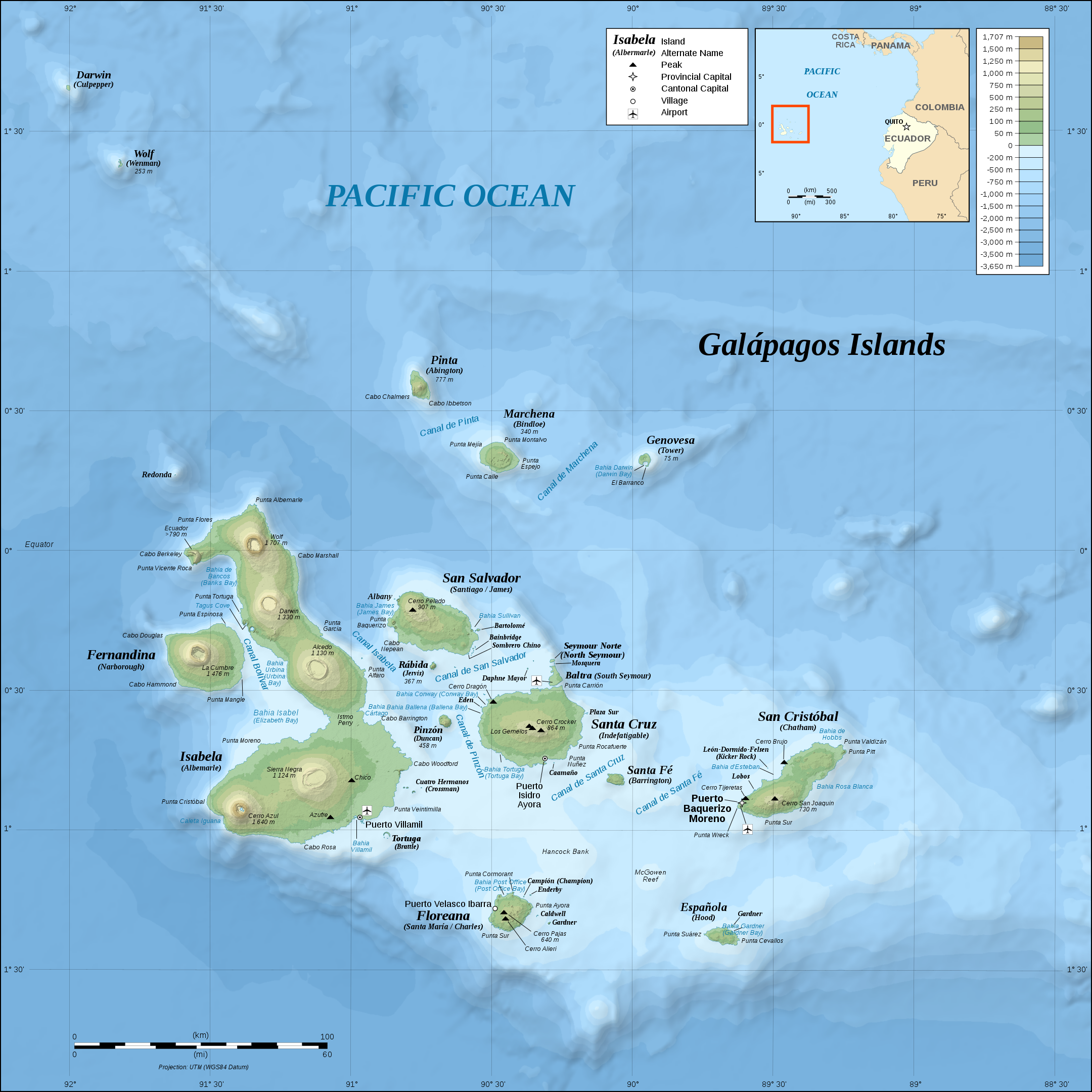
Officially chosen Archipiélago de Colón, the Galápagos Islands (Las Islas Galápagos) are an archipelago of volcanic islands distributed on either side of the equator in the Pacific Ocean surrounding the middle of the Western Hemisphere, 563 miles (906 km) west of continental Ecuador. The islands are known for their large number of endemic species and were studied by Charles Darwin during the 2nd voyage of HMS Beagle. His observations and collections contributed to the inception of Darwin's theory of evolution by means of natural choice.
The Galápagos Islands and their surrounding waters form the Galápagos Province of Republic of ecuador, the Galápagos National Park, and the Galápagos Marine Reserve. The primary linguistic communication on the islands is Spanish. The islands take a population of slightly over 25,000.
The showtime recorded visit to the islands happened by gamble in 1535, when Fray Tomás de Berlanga, the Bishop of Panamá, was surprised with this undiscovered state during a voyage to Peru to arbitrate in a dispute between Francisco Pizarro and Diego de Almagro. De Berlanga eventually returned to the Spanish Empire and described the conditions of the islands and the animals that inhabited them. The group of islands was shown and named in Abraham Ortelius's atlas published in 1570. The offset crude map of the islands was made in 1684 by the buccaneer Ambrose Cowley, who named the individual islands after some of his boyfriend pirates or after British royalty and noblemen. These names were used in the authoritative navigation charts of the islands prepared during the Beagle survey under captain Robert FitzRoy, and in Darwin'south popular book The Voyage of the Beagle. The new Republic of Ecuador took the islands from Spanish ownership in 1832, and subsequently gave them official Spanish names. The older names remained in use in English-language publications, including Herman Melville'south The Encantadas of 1854.
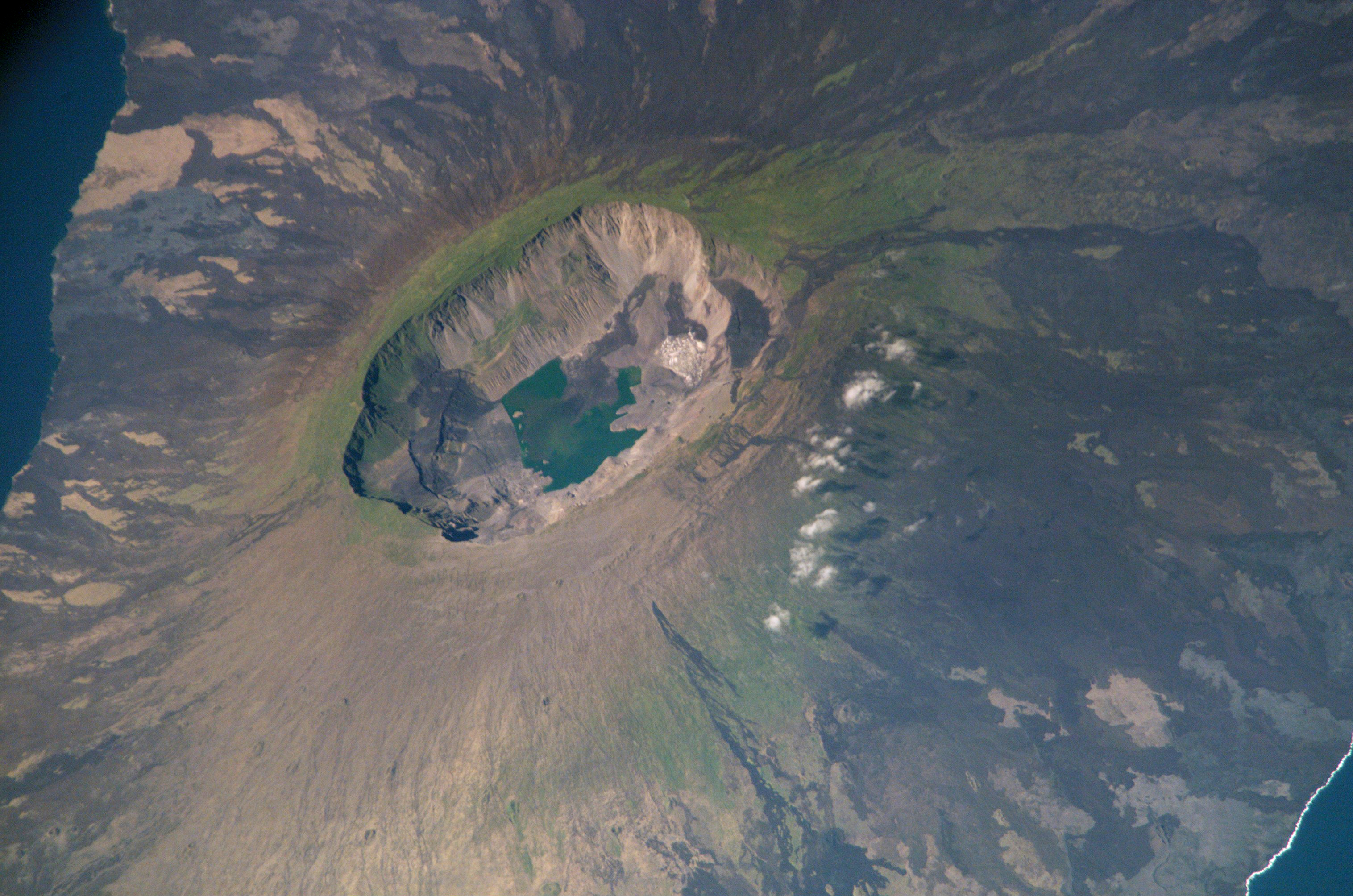
Volcanism has been continuous on the Galápagos Islands for at to the lowest degree 20 meg years, and perhaps fifty-fifty longer. The islands are found at the coordinates 1°40'N–i°36'S, 89°sixteen'–92°01'W. Straddling the equator, islands in the chain are located in both the northern and southern hemispheres, with Volcán Wolf and Volcán Ecuador on Isla Isabela beingness directly on the equator. Española Island, the southernmost islet of the archipelago, and Darwin Island, the northernmost ane, are spread out over a distance of 137 miles (220 km). The International Hydrographic Organization (IHO) considers them wholly within the Due south Pacific Ocean, all the same. The Galápagos Archipelago consists of iii,040 square miles (7,880 km²) of land spread over 17,000 square miles (45,000 km²) of ocean. The largest of the islands, Isabela, measures 2,250 square miles (5,800 km²) and makes up close to iii-quarters of the full country area of the Galápagos. Volcán Wolf on Isabela is the highest point, with an elevation of five,600 feet (1,707 thousand) above sea level.
The grouping consists of 18 master islands, three smaller islands, and 107 rocks and islets. The islands are located at the Galapagos Triple Junction. The archipelago is located on the Nazca Plate (a tectonic plate), which is moving e/southeast, diving under the South American Plate at a charge per unit of about 2.five inches (6.4 cm) per year. It is as well atop the Galápagos hotspot, a place where the Earth's crust is being melted from below by a mantle feather, creating volcanoes. The first islands formed here at least viii million and perchance up to ninety million years ago. While the older islands have disappeared below the sea as they moved away from the mantle plume, the youngest islands, Isabela and Fernandina, are even so existence formed. In April 2009, lava from the volcanic island Fernandina started flowing both towards the island'south shoreline and into the center caldera.

In late June 2018, Sierra Negra, one of five volcanoes on Isabela and one of the most active in the Galapagos archipelago, began erupting for the first time since 2005. Lava flows fabricated their way to the coastline, prompting the evacuation of about fifty nearby residents and restricting tourist admission. The volcanoes at the due west end of the archipelago are in general, taller, younger, take well developed calderas, and are more often than not composed of tholeiitic basalt, while those on the east are shorter, older, lack calderas, and have a more diverse composition. The ages of the islands, from w to eastward are 0.05 Ma for Fernandina, 0.65 Ma for Isabela, 1.10 Ma for Santiago, 1.7 Ma for Santa Cruz, ii.90 Ma for Santa Fe, and 3.two Ma for San Cristobal. The calderas on Sierra Negra and Alcedo have agile fault systems. The Sierra Negra error is associated with a sill 2 km below the caldera. The caldera on Fernandina experienced the largest basaltic volcano collapse in history, with the 1968 phreatomagmatic eruption. Fernandina has also been the well-nigh active volcano since 1790, with recent eruptions in 1991, 1995, 2005, and 2009, and the entire surface has been covered in numerous flows since 4.3 Ka. The western volcanoes have numerous tuff cones.
According to a 1952 written report by Thor Heyerdahl and Arne Skjølsvold, potsherds and other artifacts from several sites on the islands suggest visitation past South American peoples in pre-Columbian times. The grouping located an Inca flute and shards from more than than 130 pieces of ceramics, which were subsequently identified as pre-Incan. However, no remains of graves, ceremonial vessels and constructions have always been found, suggesting no permanent settlement occurred before the Castilian arrived in the 16th century. It is not articulate who the start visitors to the islands were, merely they were probably sailors blown off course or people on hapless fishing boats blown out to sea. Nearly of them were probable unimpressed by the lack of fresh water on the islands. Whether the Incas ever made information technology here is disputed; in 1572, Spanish chronicler Pedro Sarmiento de Gamboa claimed that Topa Inca Yupanqui, the second Sapa Inca of the Inca Empire had visited the archipelago, but there is niggling testify for this, and many experts consider it a far-fetched legend, especially since the Incas were non seafaring people.
European discovery of the Galápagos Islands occurred when Spaniard Fray Tomás de Berlanga, the fourth Bishop of Panama, sailed to Peru to settle a dispute betwixt Francisco Pizarro and his lieutenants. De Berlanga's vessel drifted off course when the winds macerated, and his party reached the islands on March x, 1535. The Galápagos Islands first appeared on the maps of Gerardus Mercator and Abraham Ortelius, in about 1570. The islands were named Insulae de los Galopegos (Islands of the Tortoises) in reference to the giant tortoises establish there. The start English captain to visit the Galápagos Islands was Richard Hawkins, in 1593. Until the early 19th century, the archipelago was ofttimes used as a hideout by mostly English language pirates who attacked Spanish galleons carrying gilt and silver from S America to Spain.
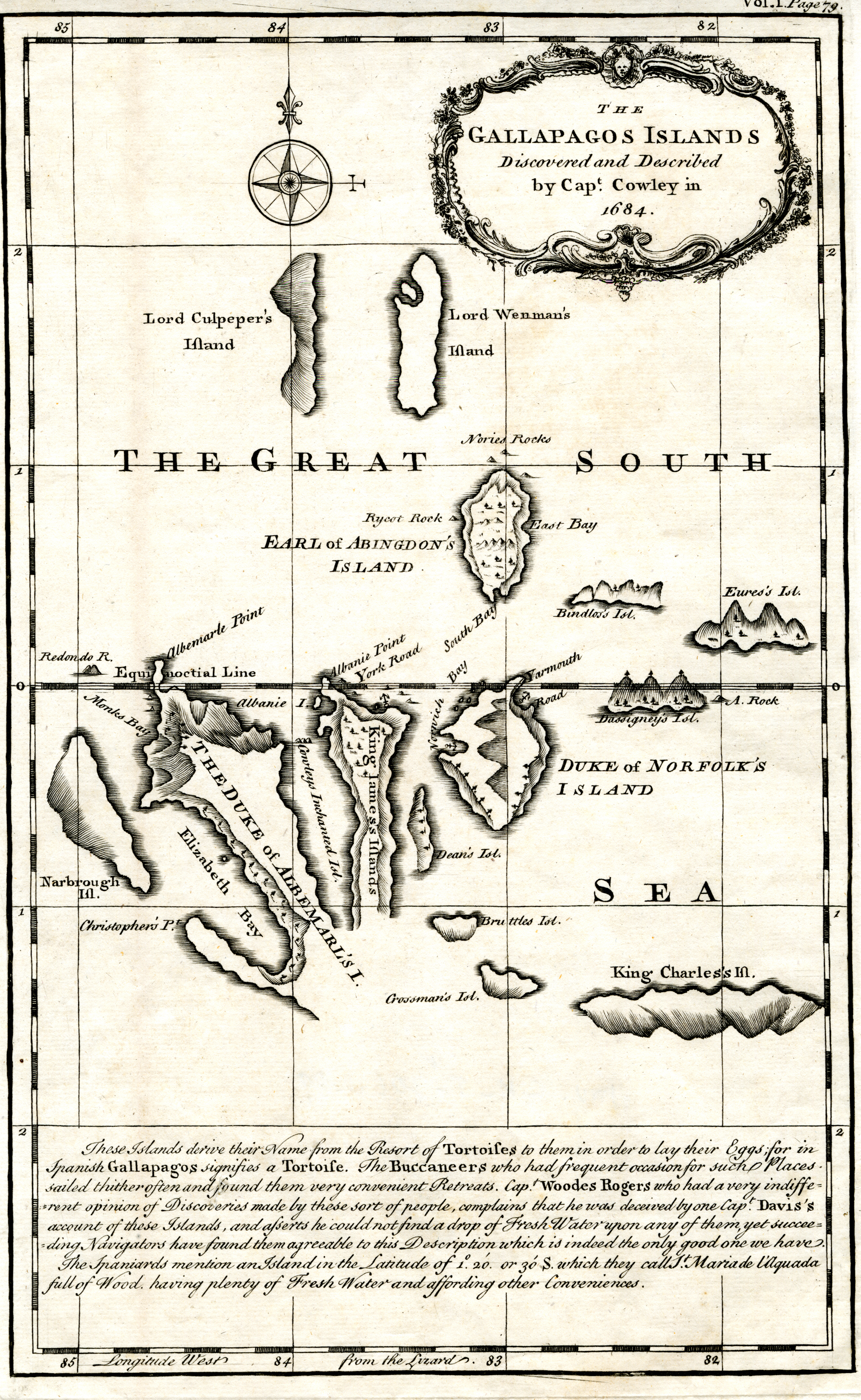
In 1793, James Colnett described the flora and animal of Galápagos, and suggested the islands could be used as base of operations for the whalers operating in the Pacific Body of water. He drew the showtime accurate navigation charts of the islands. Whalers and maritime fur traders killed and captured thousands of the Galápagos tortoises to excerpt their fat. The tortoises could exist kept on board ship every bit a ways of providing of fresh protein, equally these animals could survive for several months on board without whatsoever food or water. The hunting of the tortoises was responsible for greatly diminishing, and in some cases eliminating, certain species. Along with whalers came the fur-seal hunters, who brought the population of this animal close to extinction.
The first known permanent human resident on Galápagos was Patrick Watkins, an Irish gaelic crewman who was marooned on the Island Floreana from 1807 to 1809. According to later accounts, Watkins managed to survive by hunting, growing vegetables and trading with visiting whalers, before finally stealing an open boat and navigating to Guayaquil.
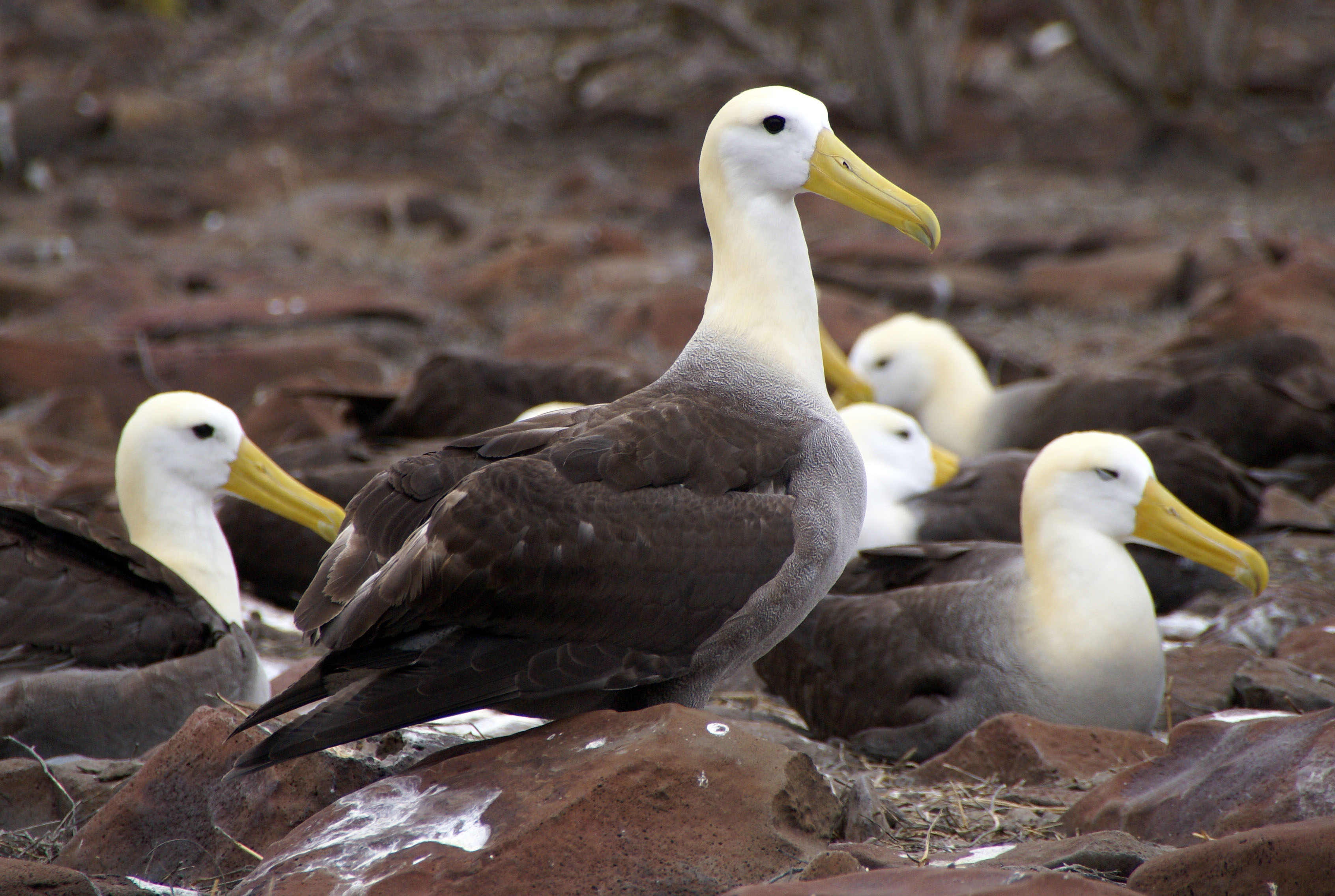
In 1818, the Nantucket whaleship Globe, under Captain George Washington Gardner, discovered a "mother lode" of sperm whales some grand miles west of the South American declension approximately at the equator. He returned to Nantucket in 1820 with more than 2000 barrels of sperm whale oil and the news of his discovery. This led to an influx of whaleships to exploit the new whaling ground and the Galápagos Islands became a frequent terminate for the whalers both earlier and after visiting what came to be known equally the Offshore Grounds. This led to the institution in the Galápagos Islands of a kind of unofficial "mail service function" where whaleships stopped to pick up and drop off letters as well as for provisioning and repairing.
In Oct 1820, the whaleship Essex, out of Nantucket, stopped at the Galápagos for these purposes on its style to the Offshore Grounds. On what was and so known as Charles Island, while nearly of the crew were hunting tortoises one crewmember, English boatsteerer Thomas Chappel, for reasons notwithstanding unclear, lit a fire which speedily burned out of control. Some of the tortoise hunters had a narrow escape and had to run a gauntlet of fire to get back to the transport. Soon almost the entire island was in flames. Crewmembers reported that after a day of sailing away they could notwithstanding see the flames against the horizon. Ane crewmember who returned to the Galápagos several years afterward described the entire island as yet a blackened wasteland.
The newly-established Republic of Ecuador, having become independent from Gran Republic of colombia on May xiii, 1830, annexed the Galápagos Islands on February 12, 1832, naming them the Archipelago of Ecuador. This new name added to several names that had been, and are withal, used to refer to the archipelago.

HMS Beagle, nether helm Robert FitzRoy, arrived in the Galápagos on September 15, 1835 to survey approaches to harbors. The captain and others on board, including his companion, the young naturalist Charles Darwin, made observations on the geology and biology on Chatham, Charles, Albemarle and James islands earlier they left on October 20 to continue on their round-the-world expedition. Primarily a geologist at the time, Darwin was impressed by the quantity of volcanic craters they saw, later referring to the archipelago every bit "that land of craters". His written report of several volcanic formations over the five weeks he stayed in the islands, led to several important geological discoveries, including the first, correct caption for how volcanic tuff is formed.
Darwin noticed the mockingbirds differed between islands, though he thought the birds now known every bit Darwin'southward finches were unrelated to each other, and did not bother labeling them by island. Nicholas Lawson, interim Governor of Galápagos for the Republic of the Equator, met them on Charles Island, and as they walked to the prison colony, Lawson told Darwin the tortoises differed from island to isle. Towards the end of the voyage, Darwin speculated that the distribution of the mockingbirds and the tortoises might "undermine the stability of Species". When specimens of birds were analyzed on his render to England, information technology was institute that many obviously different kinds of birds were species of finches, which were unique to different islands. These facts were crucial in Darwin's development of his theory of natural selection explaining evolution, which was presented in On the Origin of Species.
In April 1888, USS Albatross — a Navy-manned research vessel assigned to the United States Fish Committee — briefly touched eight islands in the Galápagos grouping for specimens; this included Wreck Bay on Chatham Isle (now San Cristóbal Island) on April 4 and Charles Island (at present Floreana Island) on April 8.
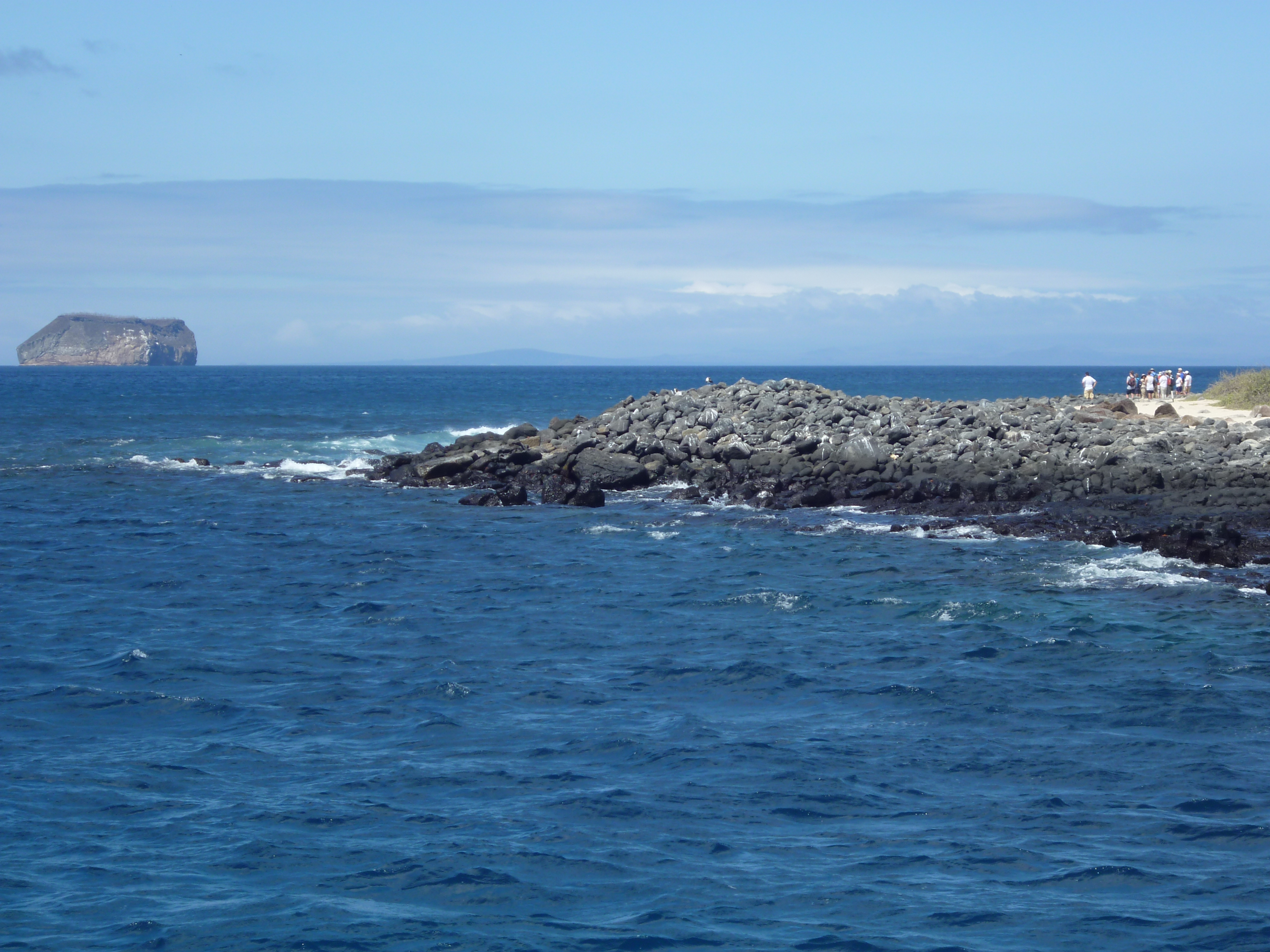
José Valdizán and Manuel Julián Cobos tried a new colonization, beginning the exploitation of a type of lichen plant in the islands (Roccella portentosa) used as a coloring agent. Subsequently the assassination of Valdizán by some of his workers, Cobos brought from the continent a group of more than a hundred workers to San Cristóbal Island, and tried his luck at planting sugar cane. He ruled his plantation with an iron hand, which led to his bump-off in 1904. In 1897, Antonio Gil began another plantation on Isabela Island.
Over the form of a whole year, from September 1904, an expedition of the Academy of Sciences of California, led by Rollo Beck, stayed in the Galápagos collecting scientific material on geology, entomology, ornithology, botany, zoology and herpetology. Another expedition from that Academy was washed in 1932 (Templeton Crocker Trek) to collect insects, fish, shells, fossils, birds and plants.
For a long time during the early 1900s and at to the lowest degree through 1929, a cash-strapped Ecuador had reached out for potential buyers of the islands to alleviate financial troubles at home. The United states of america had repeatedly expressed its interest in buying the islands for military utilise as they were positioned strategically guarding the Panama Canal. Likewise the U.s.a., Japan, Germany and Chile also expressed interest in establishing bases in the islands at the plough of the century. Chile had previously acquired the Straits of Magellan and Easter Isle for strategic reasons and lieutenant Gregorio Santa Cruz argued in 1903 that possessing an isle in equatorial waters, like the Galápagos, would be of great benefit since the geopolitical situation of Republic of chile was expected to drastically modify when the Panama Canal opened. Another benefit would be to widen the security radius of Chile.
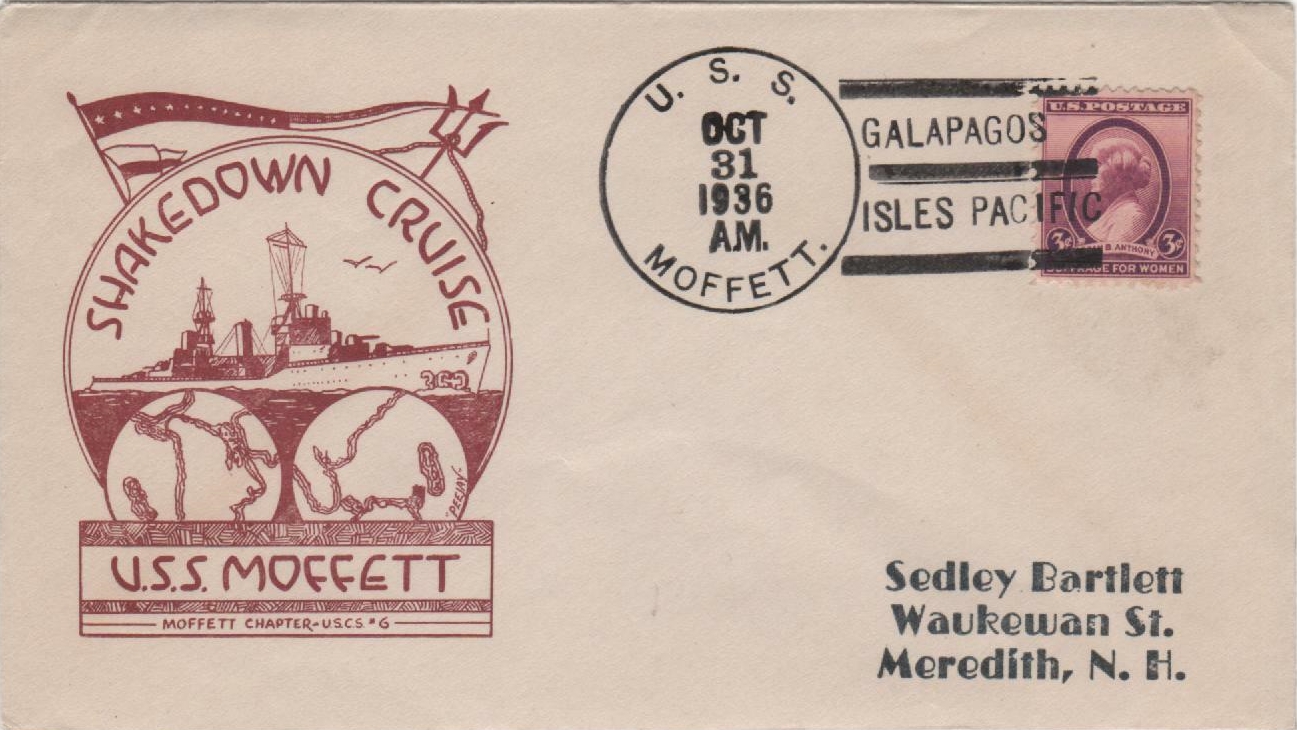
In the 1920s and 1930s, a small wave of European settlers arrived in the islands. At that place occurred a series of unsolved disappearances on the isle of Floreana in the 1930s amongst the largely European expatriate residents at the time. The Galápagos Thing: Satan Came to Eden is a 2013 feature-length documentary moving picture about this event. Ecuadorian laws provided all colonists with the possibility of receiving twenty hectares each of gratuitous land, the right to maintain their citizenship, freedom from revenue enhancement for the offset 10 years in Galápagos, and the right to hunt and fish freely on all uninhabited islands where they might settle. The get-go European colonists to go far were Norwegians who settled briefly on Floreana, earlier moving on to San Cristobal and Santa Cruz. A few years later, other colonists from Europe, America and Ecuador started arriving on the islands, seeking a simpler life. Descendants of the Norwegian Kastdalen family and the High german Angermeyer withal alive on the islands.
During Earth State of war 2, Ecuador authorized the Us to found a naval base in Baltra Island, and radar stations in other strategic locations. Baltra was established as a Us Ground forces Air Forcefulness base. Baltra was given the proper noun of "Beta Base of operations" along with "Blastoff Base" in Nicaragua and "Gamma Base" in Salinas (continental Ecuador). The crews stationed at Baltra and the aforementioned locations established a geographic triangle of protection in accuse of patrolling the Pacific for enemy submarines, and also provided protection for the Panama Culvert. Later on the war, the facilities were given to the government of Ecuador. Today, the isle continues every bit an official Ecuadorian armed services base of operations. The foundations and other remains of the U.South. base can still exist seen as one crosses the isle. In 1946, a penal colony was established in Isabela Island, but it was suspended in 1959.
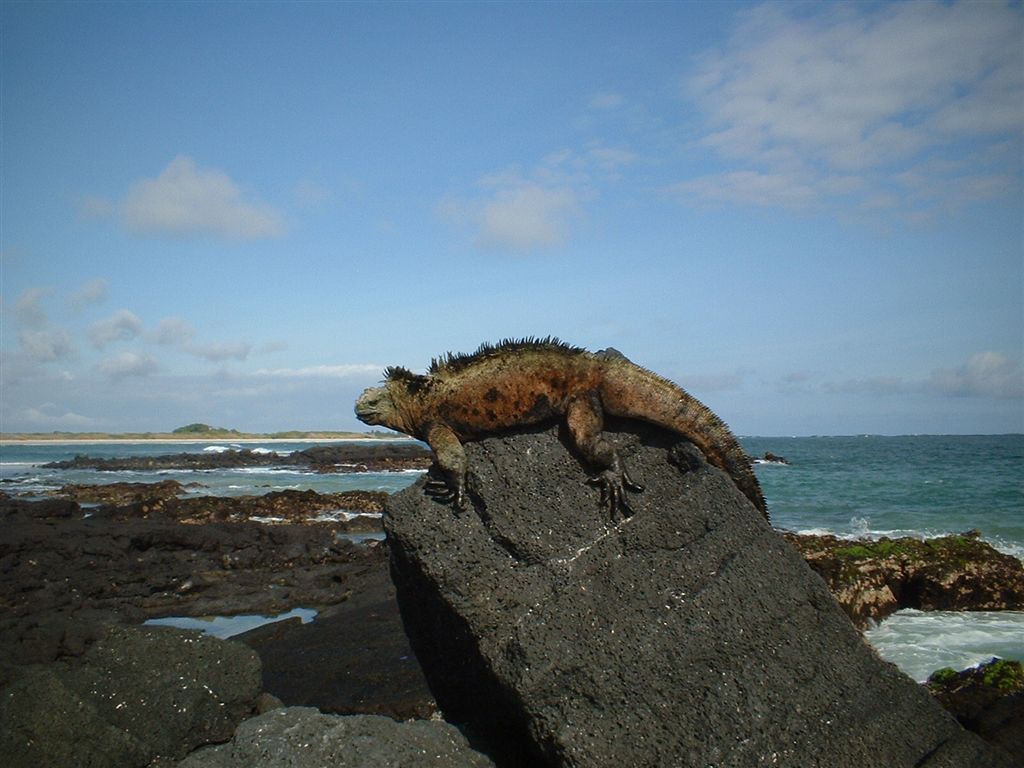
The Galápagos became a national park in 1959, and tourism started in the 1960s, imposing several restrictions upon the human being population already living on the island. Nevertheless, opportunities in the tourism, fishing, and farming industries attracted a mass of poor fishermen and farmers from mainland Republic of ecuador. In the 1990s and 2000s, violent confrontations betwixt parts of the local population and the Galápagos National Park Service occurred, including capturing and killing giant tortoises and holding staff of the Galápagos National Park Service hostage to obtain higher annual body of water cucumber quotas
Until 1969, the simply way to visit the Galápagos was on a private or chartered vessel. There was no regular air service until Forrest Nelson's Hotel Galápagos began the starting time organized tours in April 1969. Soon other travel companies brought in tour ships and yachts, and local fishermen began converting their wooden boats for rudimentary cruising with guests. These vessels were the principal source of overnight accommodations in the Galápagos. Today in that location are about 85 yachts and ships equipped for overnight guests. In 2006 the Baltra military governed isle, was opened up to limited overnight camping. Baltra also requires permits past the war machine government for overnight stays on the embankment. Other inhabited islands also allow camping ground on the beaches designated every bit "recreational" use to the locals. All of these camping ground permits are express to number of people and nights, with almost nights non to exceed three.


Options for flying into the Galápagos are limited to two islands: San Cristobal (San Cristóbal Airport) and Baltra (Seymour Airdrome). Private shipping must apply Baltra as information technology is the drome equipped with overnight plane accommodations. Seymour Aerodrome on Baltra was recently renovated (2012–2013) to accommodate larger planes.
Land based hotels are opening on the inhabited islands of San Cristobal, Santa Cruz, Floreana and Isabela. By 2012, more than than half the visitors to Galápagos made their tours using day boats and these small hotels. Restaurants, like shooting fish in a barrel access and economy make this an attractive travel option. The cruise tours are still the best way to see all the circuitous surroundings and wild fauna of the islands.
There are only 116 visitor sites in the Galápagos: 54 state sites and 62 scuba-diving or snorkeling sites. Small groups are allowed to visit in 2- to 4-60 minutes shifts only, to limit impact on the surface area. All groups are accompanied by licensed guides.
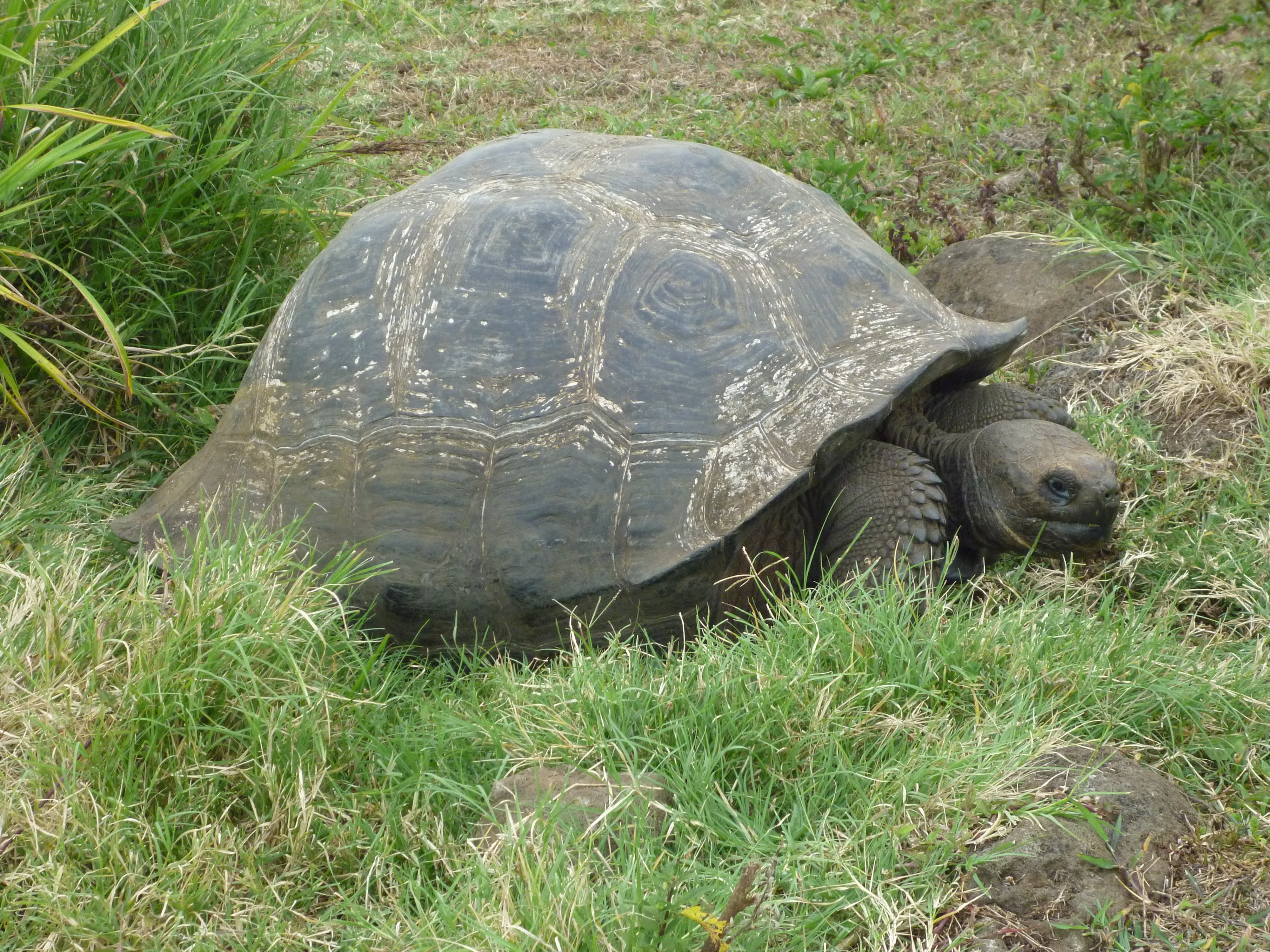
Though the first protective legislation for the Galápagos was enacted in 1930 and supplemented in 1936, it was non until the late 1950s that positive activeness was taken to control what was happening to the native flora and fauna. In 1955, the International Spousal relationship for the Conservation of Nature organized a fact-finding mission to the Galápagos. Two years later, in 1957, UNESCO, in cooperation with the government of Ecuador, sent some other expedition to written report the conservation situation and cull a site for a research station.
In 1959, the centenary year of Charles Darwin's publication of The Origin of Species, the Ecuadorian government declared 97.v% of the archipelago'due south land expanse a national park, excepting areas already colonized. The Charles Darwin Foundation (CDF) was founded the same yr. The core responsibility of CDF, an international nongovernmental arrangement constituted in Kingdom of belgium, is to conduct enquiry and provide the research findings to the government for effective management of Galápagos. CDF's research efforts began with the establishment of the Charles Darwin Inquiry Station on Santa Cruz Island in 1964. During the early years, conservation programs, such as eradication of introduced species and protection of native species, were carried out by research station personnel. At present much of that work is achieved by the Galápagos National Park Service using the research findings and methodologies developed by CDF.
In 1986, the 27,000 square miles (70,000 km²) of ocean surrounding the islands was declared a marine reserve, 2nd in size simply to Australia'south Not bad Barrier Reef. In 1990, the archipelago became a whale sanctuary. UNESCO recognized the islands in 1978 as a Earth Heritage Site and in 1985, equally a biosphere reserve. This was subsequently extended in December 2001 to include the marine reserve. In July 2010, the Globe Heritage Committee agreed to remove the Galápagos Islands from its list of precious sites endangered by environmental threats or overuse.


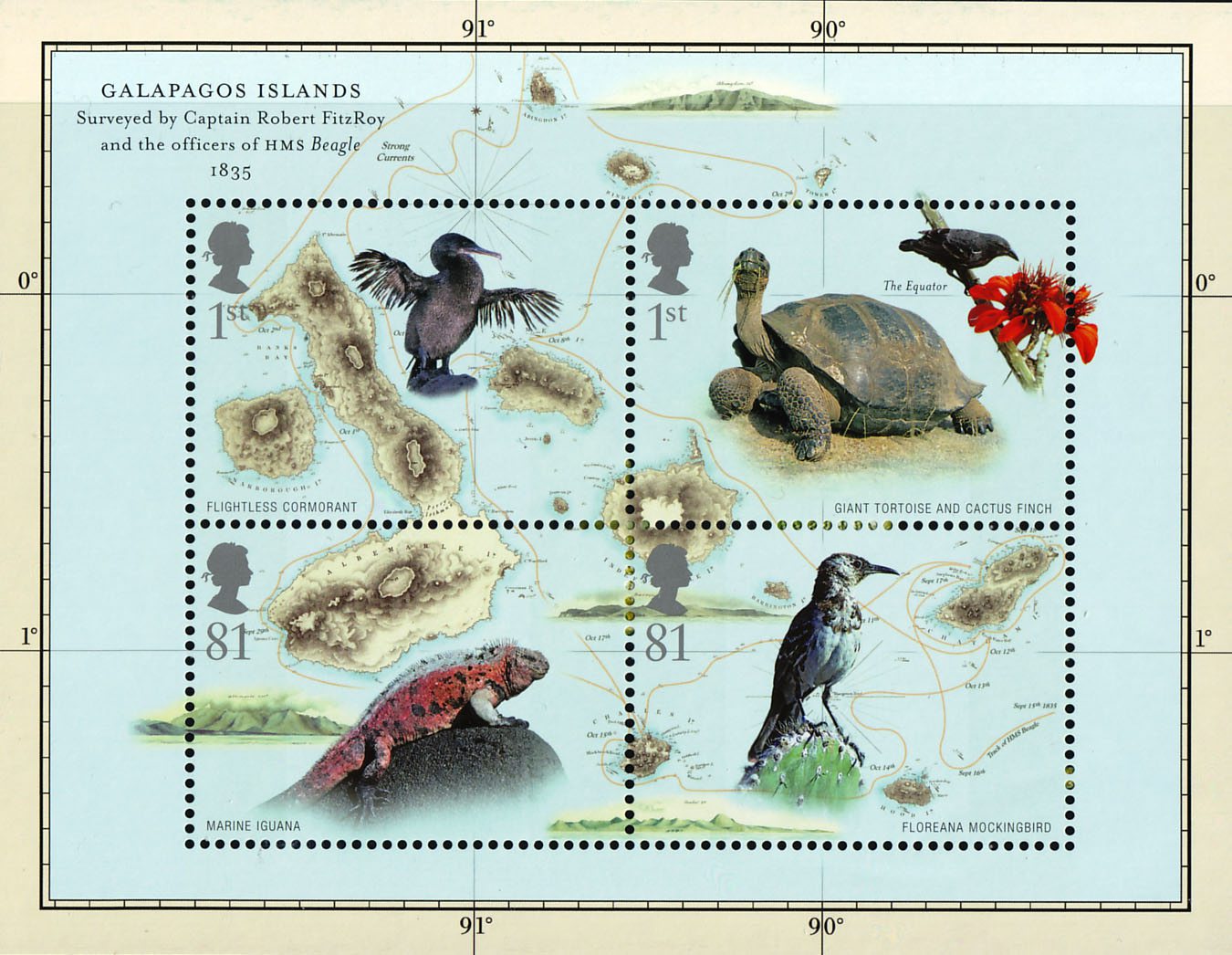

The Galápagos Islands is a popular subject on stamps with many released by entities throughout the globe commemorating the location, the unique flora and fauna, and Darwin'southward discoveries there. Other than the 2009 British set (Scott #2626-2638) marker Darwin's 200th birth ceremony, all of my Galápagos-related stamps are from Ecuador. One set I don't have is the very showtime to portray the islands and Darwin. These were released in 1936 to commemorate the centennial of his visit aboard HMS Beagle (Scott #340-345), five of which were later on overprinted and issued as official stamps (Scott #O191-O195).
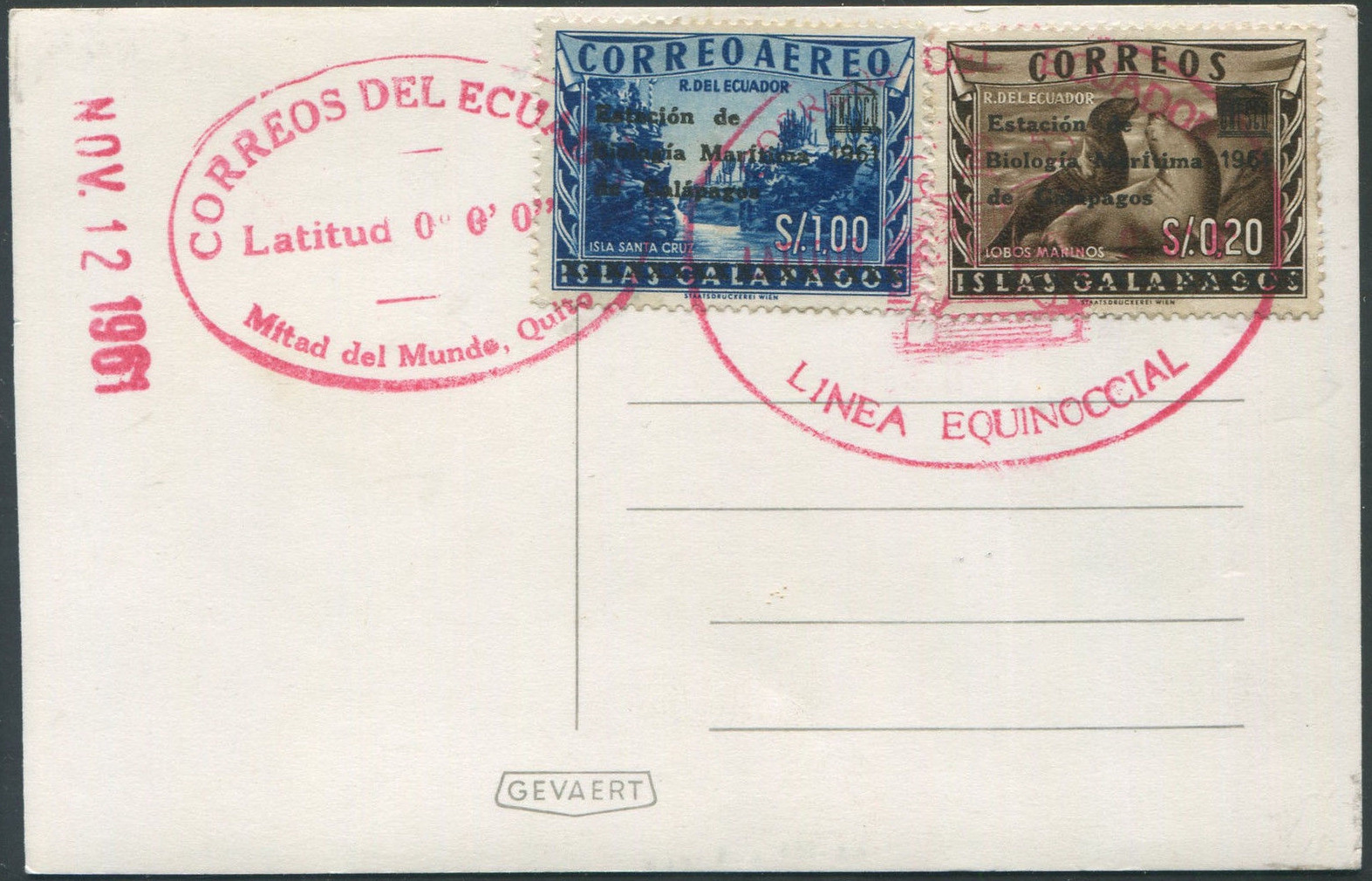


In addition to the many related stamps and colorful gift sheets, covers and postcards mailed from the Galápagos Islands islands are likewise quite collectible. The majority of these are philatelic in nature and do non command high prices. Early commercial covers are relatively rare.
Scott #1122 is a four-stamp miniature sheet released on February 12, 1986, every bit part of an 8-postage ready commemorating the 450th ceremony of the discovery of the Galápagos (Scott #1115-1122). The sail features a se-tenant designs with a map of the islands, an idea I used on a souvenir sheet issued concluding year past my own local post, Republica Phuketia. The Ecuadorian stamps were printed using outset lithography, each denominated at 50 sucre and line-perforated in a guess of 12½ on two sides.
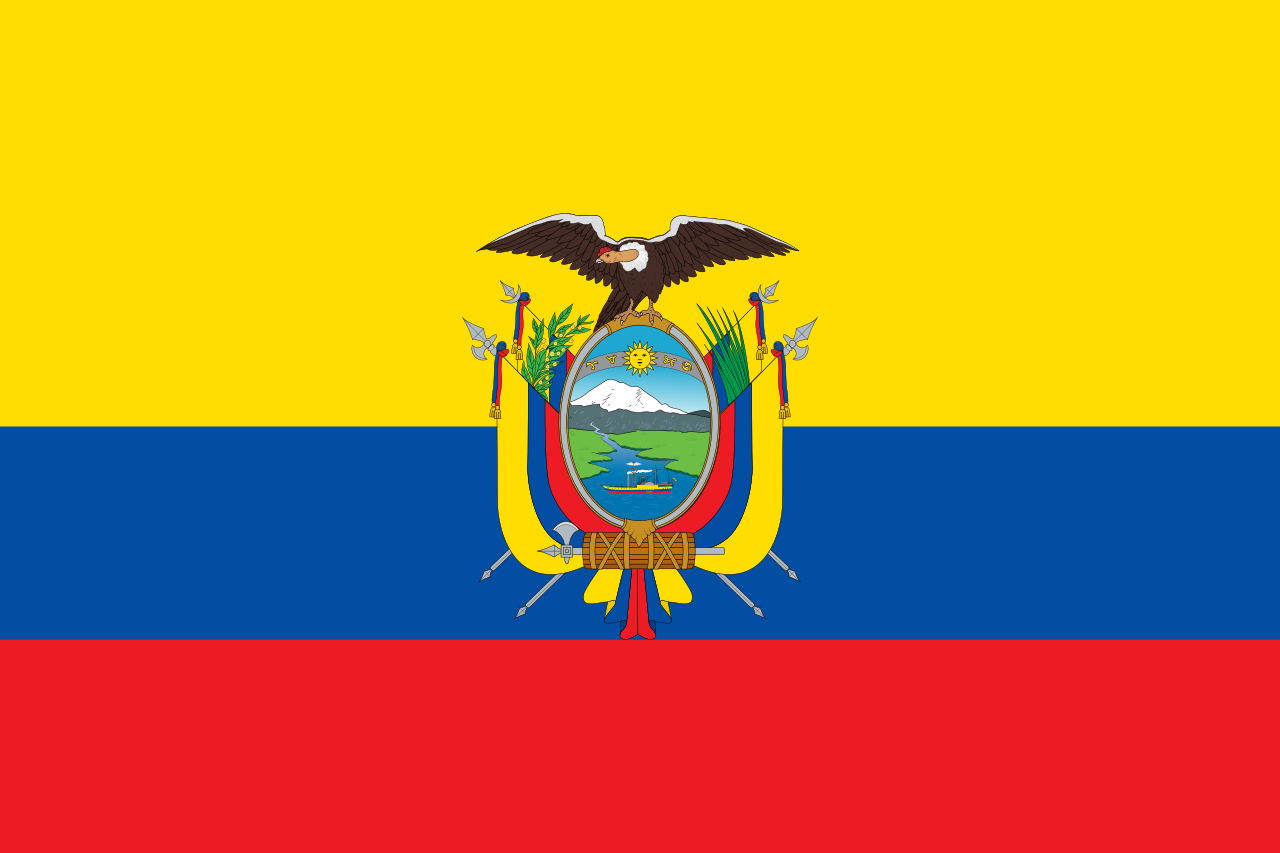
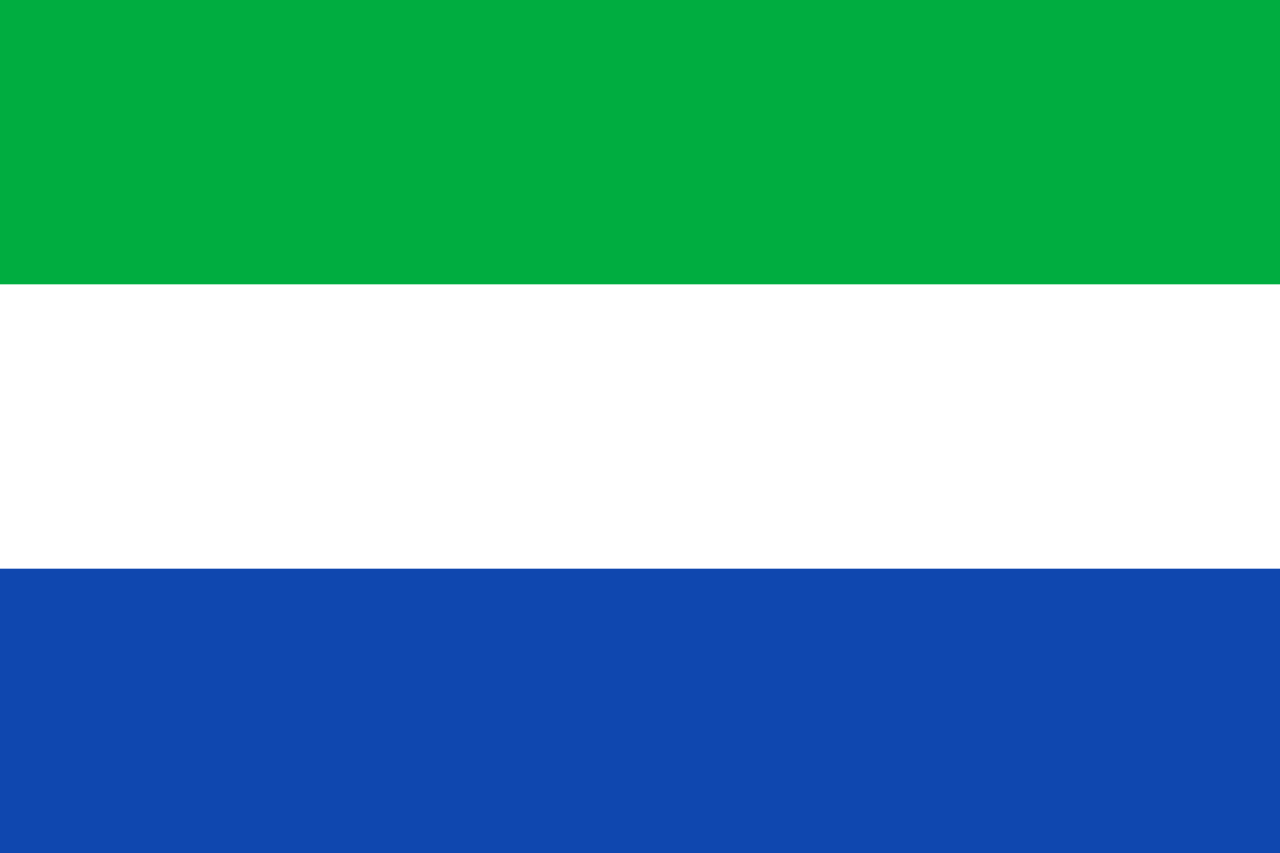

Source: https://stampaday.wordpress.com/2019/02/12/the-galapagos-islands-become-part-of-ecuador/
0 Response to "the galápagos islands are considered to be young islands. explain what this means"
Post a Comment